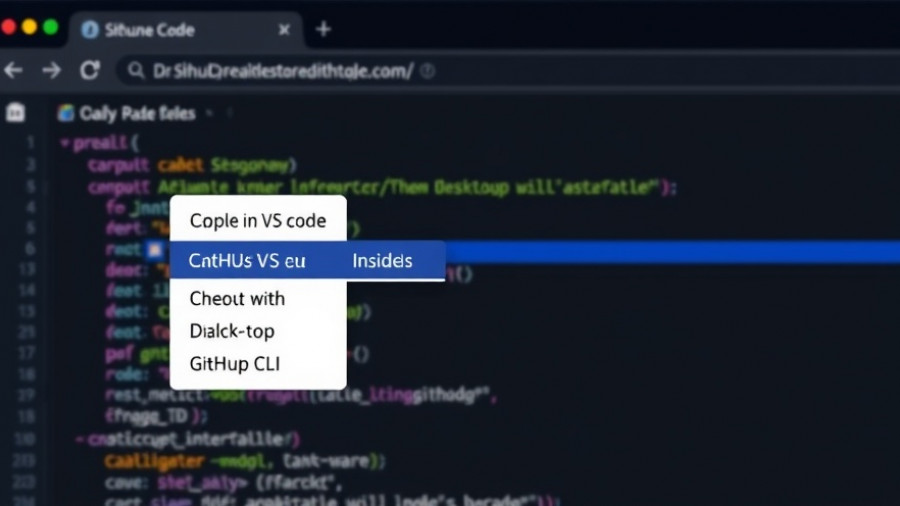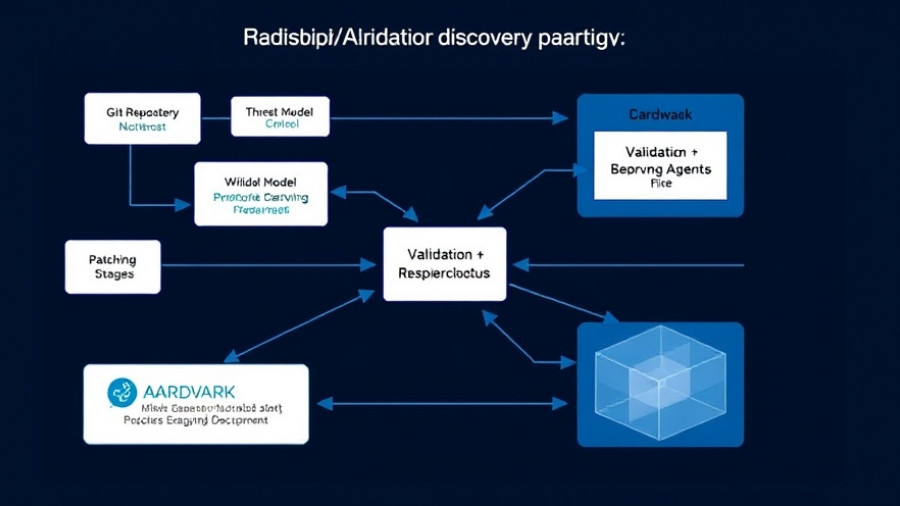
Revolutionizing Collaboration Among AI Agents
In today's rapidly evolving digital landscape, the shift from individual performance of AI agents to their effective collaboration is critical. The concept of multi-agent collaboration is changing the game, transforming how these autonomous systems work together to achieve complex objectives. With advancements in capabilities like deep reasoning, adaptation, and tool use, the focus is no longer just on whether an agent can solve a task but on how multiple intelligent agents can coordinate their efforts efficiently.
Introduction to Multi-Agent Collaboration and the Arbiter Pattern
As outlined in recent developments, the Supervisor pattern emerged as a solution for initial orchestration challenges, managing tasks and delegation across agents with asynchronous workflows. However, as agentic systems become increasingly dynamic, the limitations of static supervision become apparent. This is where the Arbiter pattern plays a transformative role, moving beyond the simple task assignment to create a fluid, adaptable system capable of thriving in an ever-changing digital environment.
Understanding the Arbiter Pattern's Key Innovations
The Arbiter pattern introduces several groundbreaking capabilities:
- Semantic Capability Matching: The Arbiter evaluates the needs for a task and determines what kind of agent should be created, even if such an agent hasn't been created yet. This unique capability allows for far-reaching flexibility in agent deployment.
- Delegated Agent Creation: When a suitable agent doesn't exist, the Arbiter can escalate the request to a Fabricator agent, allowing for on-demand generation of task-specific agents. This not only enhances adaptability but adds a layer of creative problem-solving to the mix.
- Task Planning and Contextual Memory: Expanding upon the Supervisor's task coordination, the Arbiter constructs structured plans and uses contextual memory to manage execution, retry logic, and performance tracking of these agents.
These enhancements enable AI agents to be not only more reactive but proactive, fostering an environment where complex tasks can be tackled efficiently.
Blackboard Model Revisited: The Backbone of Collaboration
Incorporating principles from the traditional blackboard model of distributed AI, the Arbiter pattern embraces opportunity-based contributions to a shared data space. Agents, including the Arbiter, can both publish and consume state-relevant events, enabling an event-driven form of collaboration. This responsive behavior is crucial for ensuring that agents can respond rapidly to changes and challenges within their operational environment.
The Arbiter in Action: Workflow Insights
How does the Arbiter tackle a task? When an event enters the system, the Arbiter begins by interpreting the task objectives and determining necessary sub-tasks. Following this, it evaluates different agents' capabilities to identify the best candidates for each task:
- Interpretation: Using advanced LLM-based reasoning, the Arbiter translates complex task inputs into clear objectives.
- Capability Assessment: The Arbiter assesses agent capabilities using peer-published manifests or local indexes, a crucial step in effective delegation.
- Delegation or Generation: If a suitable agent exists, the task is routed accordingly. If not, the Arbiter can initiate the creation of a specialized agent tailored to that unique task.
Implications for Future AI Developments
The transition to more collaborative and dynamic AI systems represents a significant leap forward in technology. This evolution promises increased efficiency and success in various applications, from autonomous vehicles to the smart systems that enhance our everyday lives. As AI agents continue to evolve, the potential for high-level collaboration and problem-solving grows exponentially.
Conclusion: The Future of Multi-Agent Collaboration
Multi-agent collaboration, particularly through innovative patterns like the Arbiter, not only emphasizes the importance of coordination but also showcases the potential for AI agents to work together in unprecedented ways. Embracing these developments may lead to breakthroughs that dramatically shift industries, advance technologies, and improve everyday interactions with AI.
 Add Row
Add Row  Add
Add 




Write A Comment